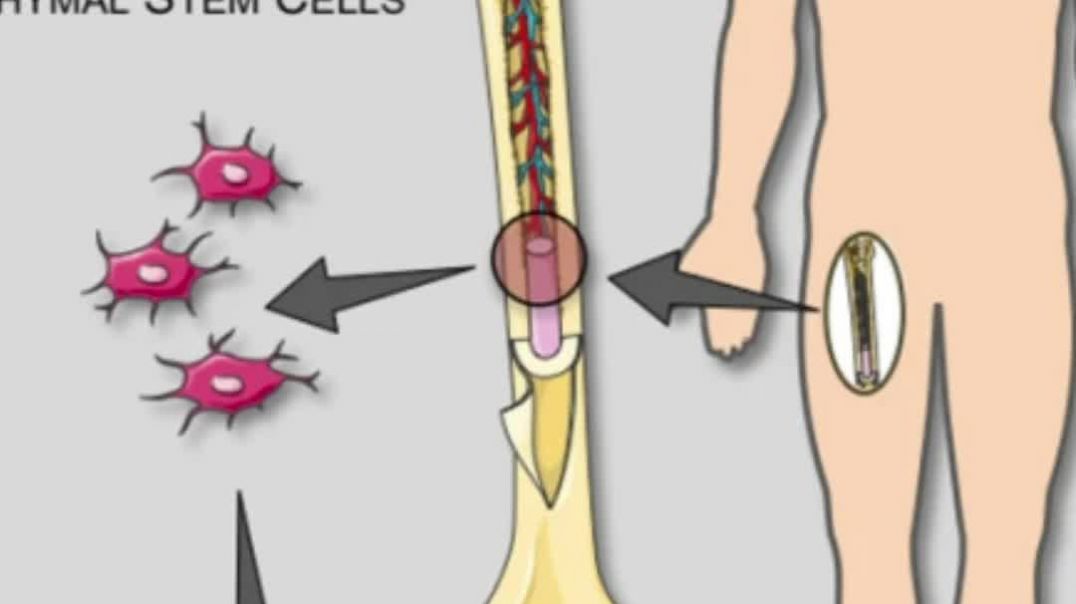Gorlin syndrome model from induced neural progenitor cells exhibiting constitutive GLI1 expression
The hedgehog signaling pathway is a vital factor for embryonic development and stem cell maintenance. Dysregulation of its function results in tumor initiation and progression. The aim of this research was to establish a disease model of hedgehog-related tumorigenesis with Gorlin syndrome-derived induced pluripotent stem cells (GS-iPSCs). Induced neural progenitor cells from GS-iPSCs (GS-NPCs) show constitutive high GLI1 expression and higher sensitivity to smoothened (SMO) inhibition compared with wild-type induced neural progenitor cells (WT-NPCs). The differentiation process from iPSCs to NPCs may have similarity in gene expression to Hedgehog signal-related carcinogenesis. Therefore, GS-NPCs may be useful for screening compounds to find effective drugs to control Hedgehog signaling activity.
Summary
The hedgehog signaling pathway is a pivotal pathway for basal cell carcinoma and
medulloblastoma. Gorlin syndrome-derived induced pluripotent stem cells (iPSCs) with a heterozygous mutation of PTCH1, one of the hedgehog target genes, exhibited high GLI1 expression and enhanced sensitivity to the hedgehog pathway inhibitor after neural differentiation. These iPSCs can serve a good model of the hedgehog pathway-related tumors.
Background: The hedgehog signaling pathway is a vital factor for embryonic development and stem cell maintenance. Dysregulation of its function results in tumor initiation and progression. The aim of this research was to establish a disease model of hedgehog-related tumorigenesis with Gorlin syndrome-derived induced pluripotent stem cells (GS-iPSCs), with a heterozygous mutation of PTCH1.
Methods: We induced neural progenitor cells from GS-iPSCs with the SFEBq method. Their expression levels of the hedgehog related genes and reactions to SMO inhibitor (Vismodegib) and agonist (SAG) were evaluated by quantitative real-time PCR.
Results: Induced neural progenitor cells from GS-iPSCs showed constitutive high GLI1 expression and higher sensitivity to smoothened inhibition compared to wild-type induced neural progenitor cells.
Conclusions: Neural progenitor cells from GS-iPSCs may be useful for compounds screening to find effective drugs to control Hedgehog signaling activity.
Introduction
The hedgehog (Hh) signaling pathway plays an important role in embryogenesis and stem cell maintenance. Ectopic Hh signal up-regulation causes tumors such as basal cell carcinoma (BCC) and medulloblastoma. Hh signaling is also related to other malignancies such as breast cancer, pancreatic cancer, lung cancer, and prostate cancer6. A lot of medications have been under research to establish treatment and prevention of Hh signaling pathway-related tumors. The Hh signaling pathway can be initiated by three ligands: desert hedgehog (DHH), Indian hedgehog (IHH) or sonic hedgehog (SHH)8. These proteins bind to the 12-pass transmembrane protein receptor PTCH1. Once ligand binding occurs, the PTCH1 receptor relieves its inhibitory action on smoothened (SMO), a 7-pass transmembrane G-protein-coupled signal transduction molecule, which then activates a signaling cascade resulting in the translocation of Gli transcription factors to the nucleus. In the absence of the ligand, SMO is normally localized in vesicles. When the pathway is activated, SMO localizes to the primary cilium on the cell membrane.
Gorlin syndrome (GS) or nevoid basal cell carcinoma syndrome (NBCCS; OMIM 109400) is a rare autosomal dominantly inherited disorder that is characterized by congenital anomalies and development of tumors such as basal cell carcinoma and medulloblastoma. GS is caused by mutations in the PTCH1 gene and is transmitted as an autosomal dominant trait with complete penetrance and variable expressivity. Haploinsufficiency of PTCH1 results in constitutive activation of the Hh signaling pathway. Multiple genes that influence embryogenesis and pluripotency are oncogenes that drive the development of tumors. Additionally, some mechanisms of tumorigenesis are similar to embryonic development. GS patients frequently develop medulloblastoma at a young age compared to patients with sporadic cases, because mutation of PTCH1 causes dysregulation of the Hh signaling pathway during development of the cerebellum, which can lead to medulloblastoma.
In this study, we generated GS-iPSCs with a heterozygous mutation of PTCH1, and induced neural progenitor cells (NPCs) from GS-iPSCs. Neural progenitors from GS-iPSCs expressed GLI1, a downstream target gene of Hh signaling and exhibited sensitivity to Vismodegib, an SMO inhibitor. Induced neural progenitor cells from Gorlin syndrome iPSCs may therefore serve a good precancerous model for Hh related tumors.
KEYWORDS:
GLI1; PTCH1; hedgehog signaling pathway; induced pluripotent stem cells; vismodegib
#Gohlin syndrome #biomarker #iPSC #iPS cell
Hajime Ikehara 20161222091403





















SORT BY-
Melhores Comentários
-
Últimos Comentários